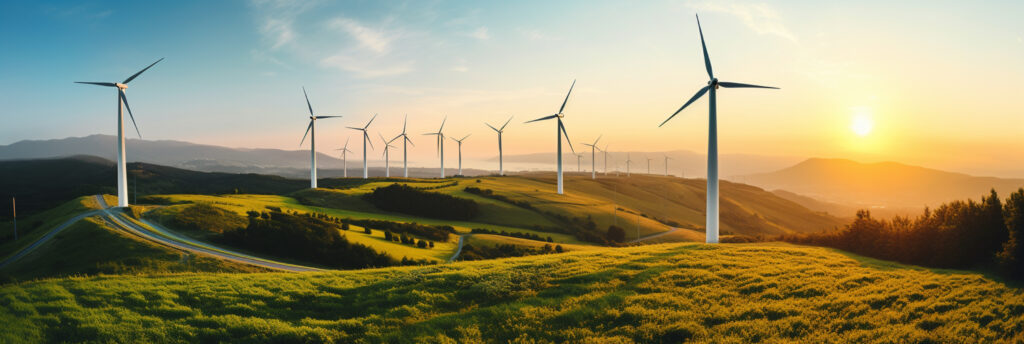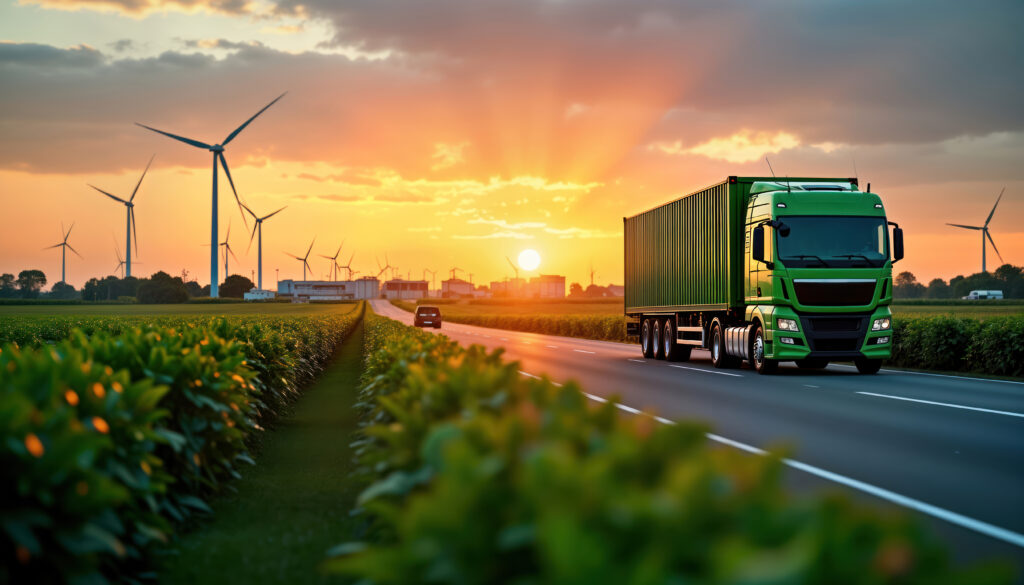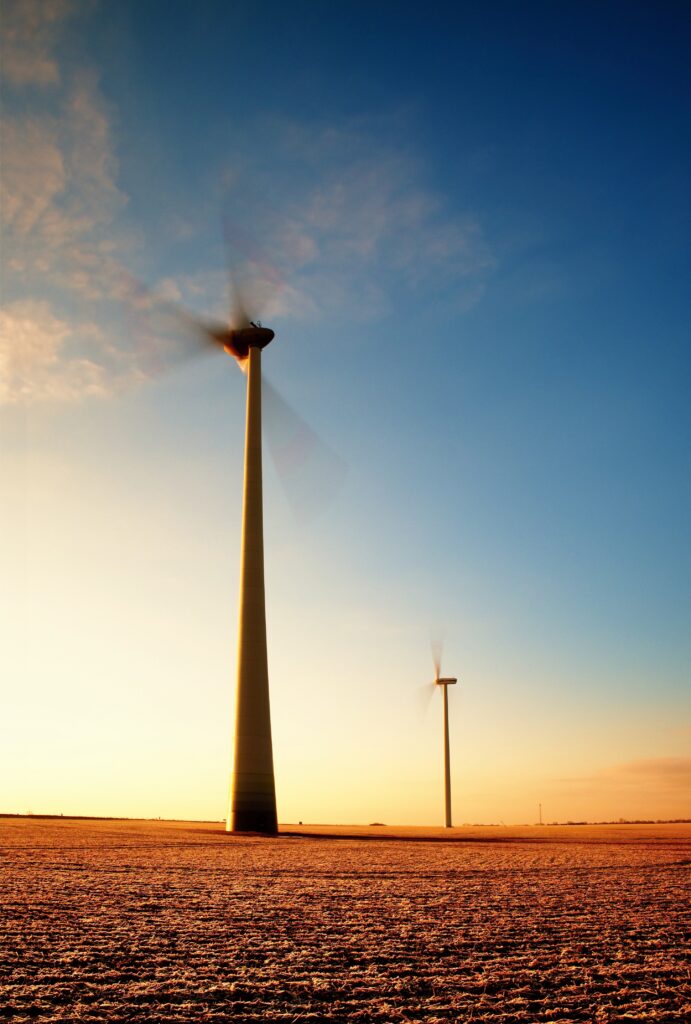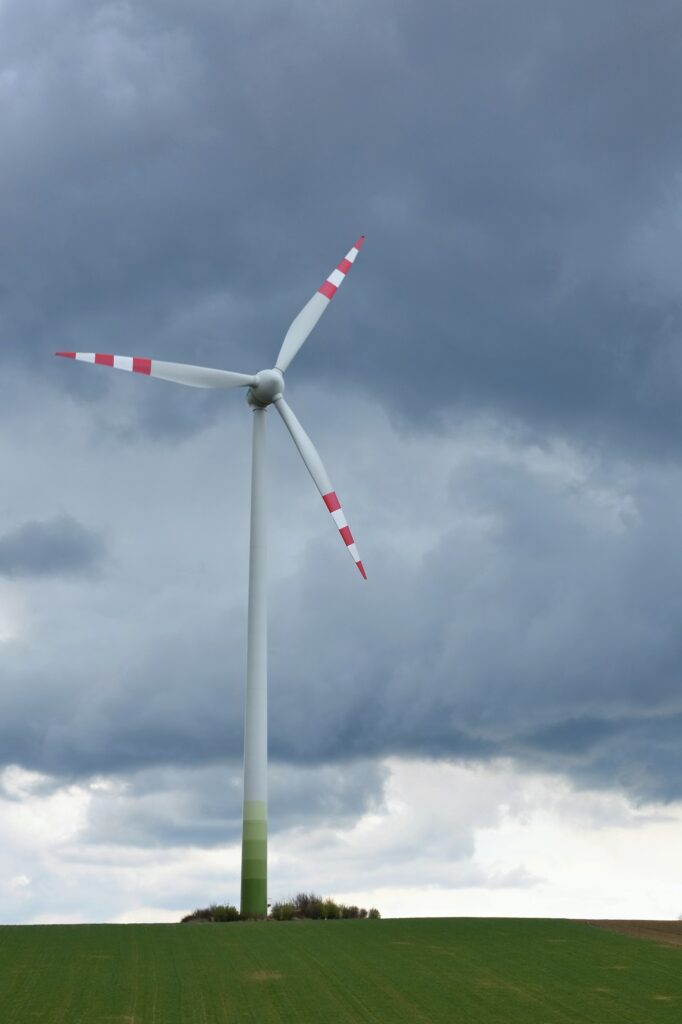



The evolution of turbine technology has significantly reshaped the landscape of renewable energy, particularly in the wind energy sector. With an increasing global demand for clean energy and the pressing need for sustainability, advancements in turbine technology have become critical in enhancing efficiency, lowering costs, and improving the reliability of wind energy systems.
Wind turbines operate on a straightforward principle: they convert kinetic energy from the wind into mechanical energy, which is typically used to generate electricity. Over the years, there have been significant sports in the design and efficiency of these turbines, leading to higher production rates and reduced downtime.
Advancements in Turbine Technology
The advancements in turbine technology can be categorized into several areas, including design innovations, materials used, and manufacturing processes.
- Design Innovations: Modern turbines have seen significant improvements in design. The blades of contemporary turbines are longer and have improved aerodynamic designs, allowing them to capture more wind energy. Advanced methods like Computational Fluid Dynamics (CFD) are utilized to optimize blade shapes and enhance efficiency.
- Smart Technology Integration: The integration of smart technology, including sensors and IoT devices, has revolutionized turbine operations. These technologies facilitate real-time monitoring and data collection, enabling predictive maintenance and ensuring optimal operational efficiency. Turbines can now self-adjust to changing wind conditions, enhancing their performance even in variable weather.
- Offshore Wind Turbines: Offshore wind technology has gained traction with advancements in turbine size and capacity. Offshore turbines are typically larger than their onshore counterparts, allowing them to generate more energy due to stronger and more consistent winds at sea. Emerging technologies have facilitated the installation of floating wind turbines, expanding the viability of wind energy in deeper waters.
- Material Science Enhancements: Innovations in material science have led to the use of lighter and stronger materials, which improve the structural integrity and lifespan of turbines. Composites are increasingly used in turbine blades for their strength-to-weight ratio, resulting in higher efficiency and lower maintenance costs.
Efficiency Improvements
Wind turbine efficiency is crucial for maximizing energy production and reducing costs. The efficiency of a wind turbine is primarily determined by its capacity factor, which measures the actual output over a period compared to its potential output if it operated at full capacity the entire time.
- Capacity Factor and Performance: The average capacity factor has risen significantly over the past few decades. Modern turbines boast capacity factors exceeding 50%, and some advanced models even reach up to 60% under optimal conditions. This means they convert more than half of the wind energy they encounter into electricity, which is a remarkable improvement from older models.
- Advanced Control Systems: The development of sophisticated control systems allows turbines to operate within their most efficient range. These systems automatically adjust the pitch of blades and the yaw of the turbine to align with wind direction and speed, effectively managing energy capture and optimizing output.
- Predictive Maintenance: As mentioned earlier, smart sensors play a crucial role in predictive maintenance. By continuously monitoring the condition of various turbine components, operators can foresee potential failures and perform maintenance proactively. This minimizes downtime and ensures that turbines are always operating at peak efficiency.
Research and Invention Trends
Ongoing research in turbine technology focuses on further enhancing efficiency and integrating innovative solutions to existing challenges in wind energy. Various institutions and organizations worldwide are invested in technological advancements aimed at simplifying turbine installations, increasing energy output, and reducing costs.
- Hybrid Systems: Researchers are exploring hybrid systems that combine wind energy with other renewable sources, such as solar or hydro, creating synergies that could enhance overall energy production. These integrated approaches promise to stabilize energy supply and showcase the versatility of renewable systems.
- Vertical Axis Wind Turbines (VAWTs): While traditional horizontal axis wind turbines (HAWTs) dominate the market, VAWTs are gaining attention for their potential in urban applications, where wind conditions are more turbulent and variable. Research on optimizing VAWTs for higher efficiency continues, targeting improvements in urban energy scenarios.
- Digital Twin Technology: The use of digital twin technology is being explored within the wind energy sector. This technology creates real-time digital replicas of physical assets, enabling enhanced monitoring, analysis, and optimization of turbine performance throughout their lifecycle.
- Environmental Impact and Sustainability: Research is also focused on minimizing the environmental footprint associated with turbine manufacturing and operation. Sustainability measures, such as recycling materials and reducing emissions during production, are becoming integral parts of turbine development initiatives.
Conclusion
Turbine technology has undergone transformative changes, resulting in enhanced efficiency and greater energy production capabilities. As the world continues to pivot toward renewable energy sources, further advancements and innovations in turbine technology will undoubtedly play a pivotal role in establishing a sustainable energy future. By harnessing wind energy more effectively and efficiently, we can meet rising power demands while significantly reducing our carbon footprint. The development of smart technology, improved materials, and advanced designs will sustain the momentum necessary for clean energy transitions globally.
As research and inventions in turbine technology continue to evolve, the wind energy sector will offer an increasingly viable and sustainable option for meeting global energy needs, positioning itself as a foundation for the energy systems of tomorrow.
Stay informed and engaged with renewable energy developments at Andromeda Energy.
For Further Detail
https://www.renewableenergyworld.com/


Leave a Reply